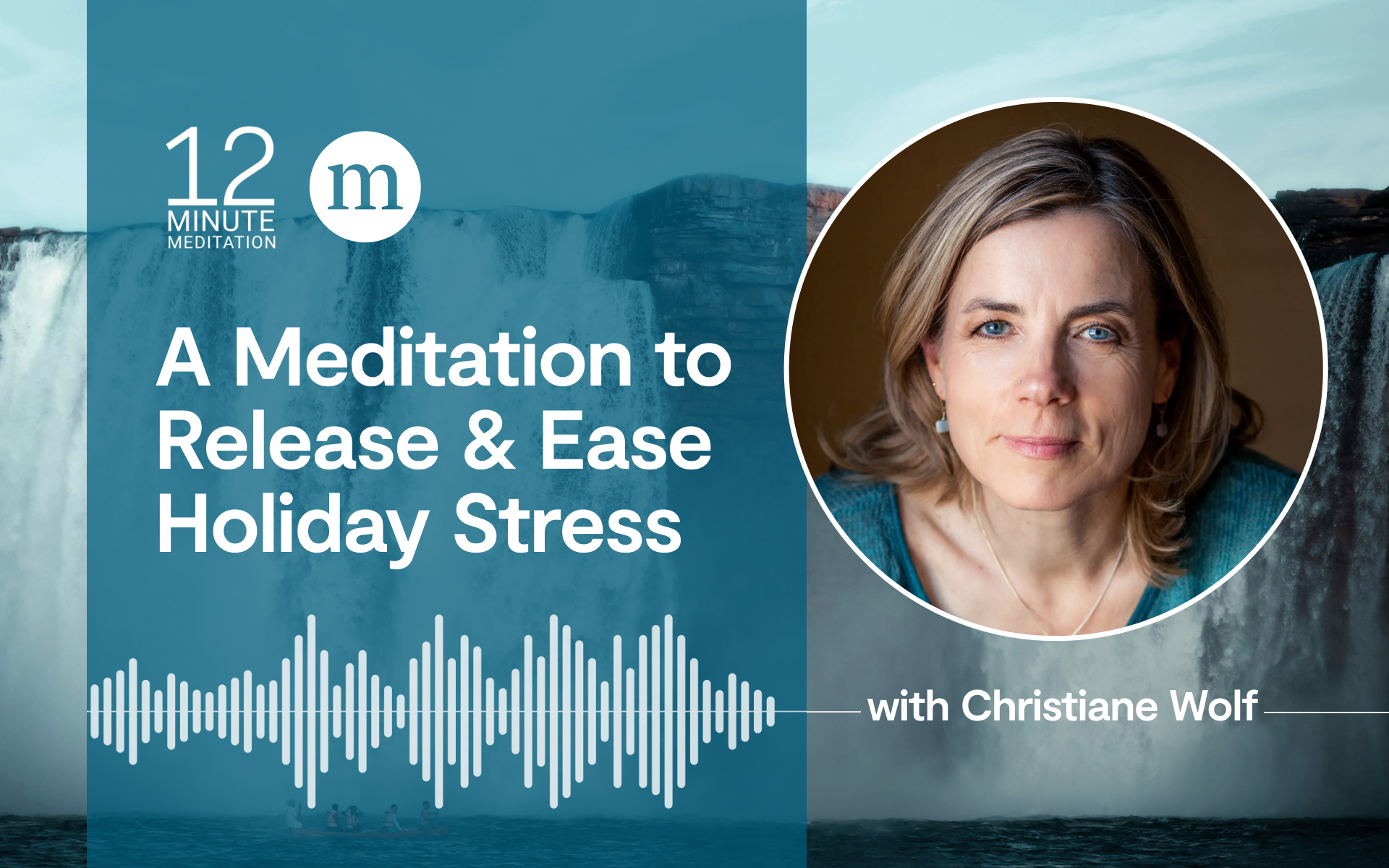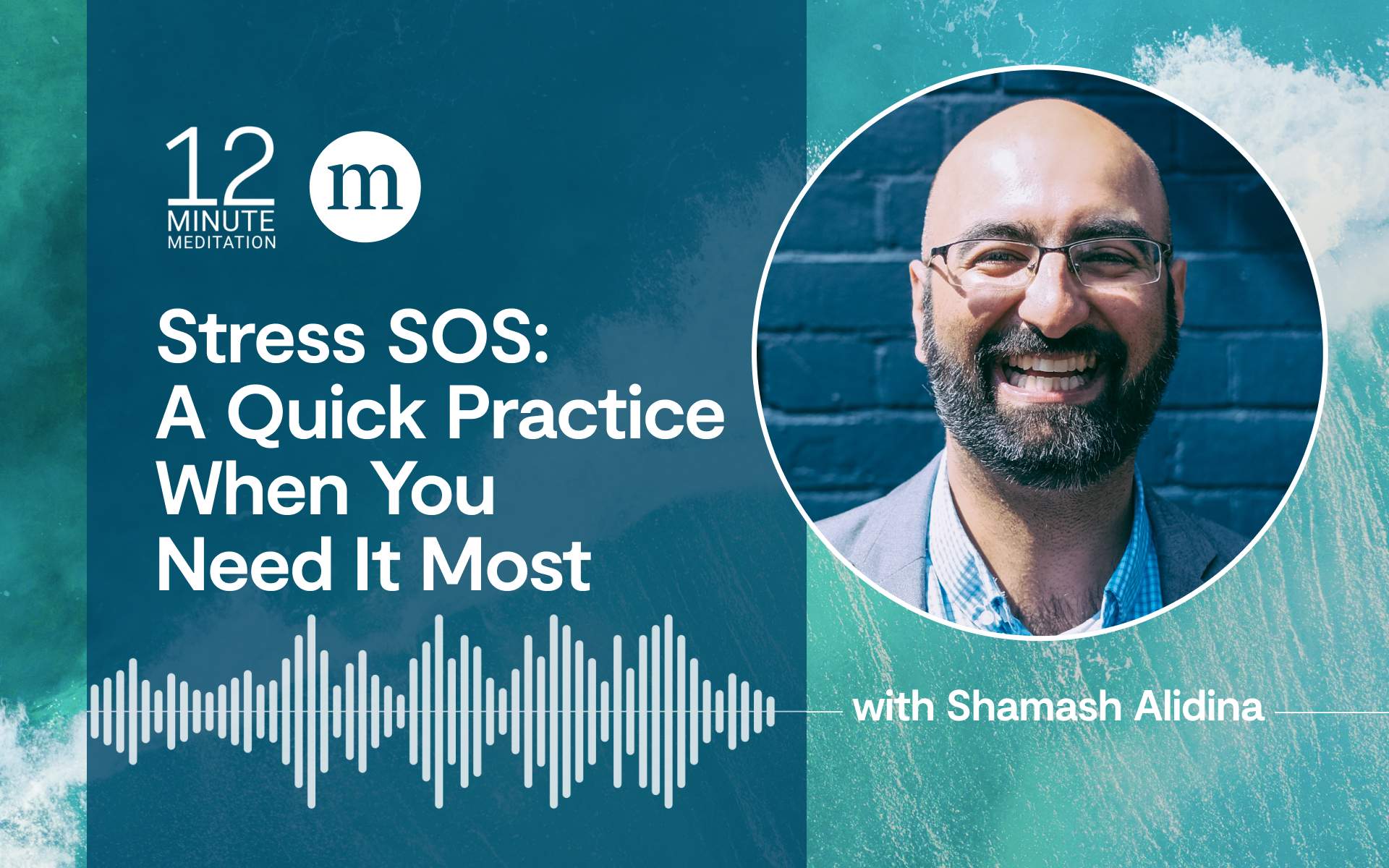This practice involves labelling our emotions as they surface. Labelling emotions accurately means going beyond recognizing when anger or fear is present—There are many flavors of anger, for example, such as annoyance, rage, resentment, and aggravation. Finding the right label can give you the same feeling as hitting a tennis ball on the sweet spot of your racket—it just clicks.
Sometimes emotions can feel threatening and there may be a fear that they might swallow us up or overwhelm us. As real as this threat might feel, it’s usually irrational. For both strong and subtle emotions it can also be helpful to give yourself permission to peek behind the curtain for a moment to see what you are feeling. You don’t have to stay long or dig anything up. Just take a quick peek, perhaps feeling right into the center of your chest, and give yourself permission to return to the breath whenever you need to.
Key Summary
What is Thought and Emotion Labeling? A meditation technique that involves noticing and gently naming mental experiences as they arise.
Key Benefits:
- Creates distance from thoughts and emotions
- Reduces identification with mental content
- Develops metacognitive awareness
- Decreases emotional reactivity
Practice Technique:
- Establishing attention on the breath or body
- Noticing when mind wanders to thoughts or emotions
- Gently labeling the experience (e.g., “thinking,” “worrying,” “anger”)
- Returning attention to the anchor without self-criticism
Neuroscience Basis: Research shows labeling activates the prefrontal cortex and reduces amygdala activity, helping regulate emotional responses.
Explore This Guided Meditation
For this guided meditation, we will begin with awareness of the breath. Then, we will expand our field of awareness to include thoughts and sensations. Finally, we will add instructions for bringing mindfulness to mental states and emotions. By participating in this meditation, you’ve already done the hardest part: you’ve begun!
See if you can savor the experience of the breath as you might savor a gourmet meal.
A Practice for Labelling Thoughts and Emotions
- Find a comfortable posture. Allow the body to settle into a posture that supports the qualities of stillness, alertness, and relaxation. For most people this can be accomplished by sitting in a chair in a way that embodies dignity without tension. Take a moment now to find a feeling of uprightness in the spine, while at the same time relaxing the muscles in the face, neck, and shoulders. If you’re comfortable with it, allow the eyes to close gently. If not, or if you’re feeling sleepy, maintain a soft focus on the floor in front of you, letting the eyes take in light without seeking sensory input.
- Turn your attention to the breath. Allow the out-breath to be even longer than the in-breath. After your third out-breath, let the breath find its own natural pace, relinquishing any control of the breath. Gently begin to gather your attention on the sensations in the belly as you breathe.
- Bring kindness to your practice. As you direct your attention to the breath, see if you can bring kindness, patience, and humor to the wandering mind, especially at the beginning of the meditation practice. If you find it helpful, use the labeling technique to help steady the mind on the breath; rising for the in-breath, and falling for the out-breath. See if you can savor the experience of the breath as you might savor a gourmet meal. Each bite, each breath, unique and delicious. While maintaining the breath as an anchor or home base of your attention, expand your field of awareness to include thoughts as objects of attention.
- Label your thoughts. Whenever you become aware of thinking, use a quiet label, or more specific labels like “planning” or “judging.” See if you can maintain awareness of the thought without trying to get rid of it, or getting lost in the story of that thought. Whether it’s a vague wisp of a thought or a strong storyline, simply note “thinking.”
- Be with what comes up. If the thought fades or vanishes, return your attention to the breath. If a sensation or a sound becomes strong enough to call your attention away from the breath, allow it to become the new primary object of your awareness. Explore the experience with steady and kind curiosity, without any agenda to change or get rid of it. You might also notice that feeling’s tone (for example, pleasant, unpleasant, or neutral) as feeling tones tend to be more apparent with sounds and sensations.
- Let the breath continue to be your anchor or home base. Return your attention to the sensations of the in-breath and the out-breath, when thoughts and sensations aren’t strong enough to call your attention away. Use a soft mental label to note and acknowledge any thoughts, sounds, sensations, and the breath.
- Now, expand your field of awareness even further to include emotions and mental states. These can be challenging to attend to with mindfulness because they can be both very subtle, and very strong. Emotions like anger or anxiety can be strong and uncomfortable, making it hard to sit still and be present for them. There are several ways to make this easier; first, rather than pursuing the story in the mind, notice the physical sensations that accompany that emotion. See if you can track the inner geography of anger or fear.
- Label your emotions accurately. It can also be helpful to find an accurate label for that emotion. There are many flavors of anger, for example, such as annoyance, rage, resentment, and aggravation. Finding the right label can give you the same feeling as hitting a tennis ball on the sweet spot of your racket; it just clicks. Sometimes emotions can feel threatening and there may be a fear that they might swallow us up or overwhelm us. As real as this threat might feel, it’s usually irrational. For both strong and subtle emotions it can also be helpful to give yourself permission to peek behind the curtain for a moment to see what you are feeling. You don’t have to stay long or dig anything up. Just take a quick peek, perhaps feeling right into the center of your chest, and give yourself permission to return to the breath whenever you need to.
- Let your attention move freely. For the remainder of the meditation, let your attention move freely to whatever experience is strong enough to call it away from the breath—This could be a thought, sound, sensation, image, or a mental state. See if you can stay connected to this experience with affectionate awareness while noting with curiosity and interest what happens to it upon observation, and when it’s no longer predominant. Return your attention to the breath from time to time.
- Notice the quality of your attention. Make any adjustments necessary in order to balance your energy and help you be present and alert. You might also note and label more subtle background mental states such as calmness, boredom, doubt, or apprehension, again without needing to change them in any way.
- Reflect on what matters to you. In the last few minutes of your meditation take a moment to reflect on what matters most to you. Without overthinking, editing, or slipping into rumination, reflect on what simple value or quality bubbles up to the surface of your mind. It might be kindness, generosity, or authenticity. Set an intention, like charting a course for a boat, to invite more moments of this quality into your life for the remainder of the day.








